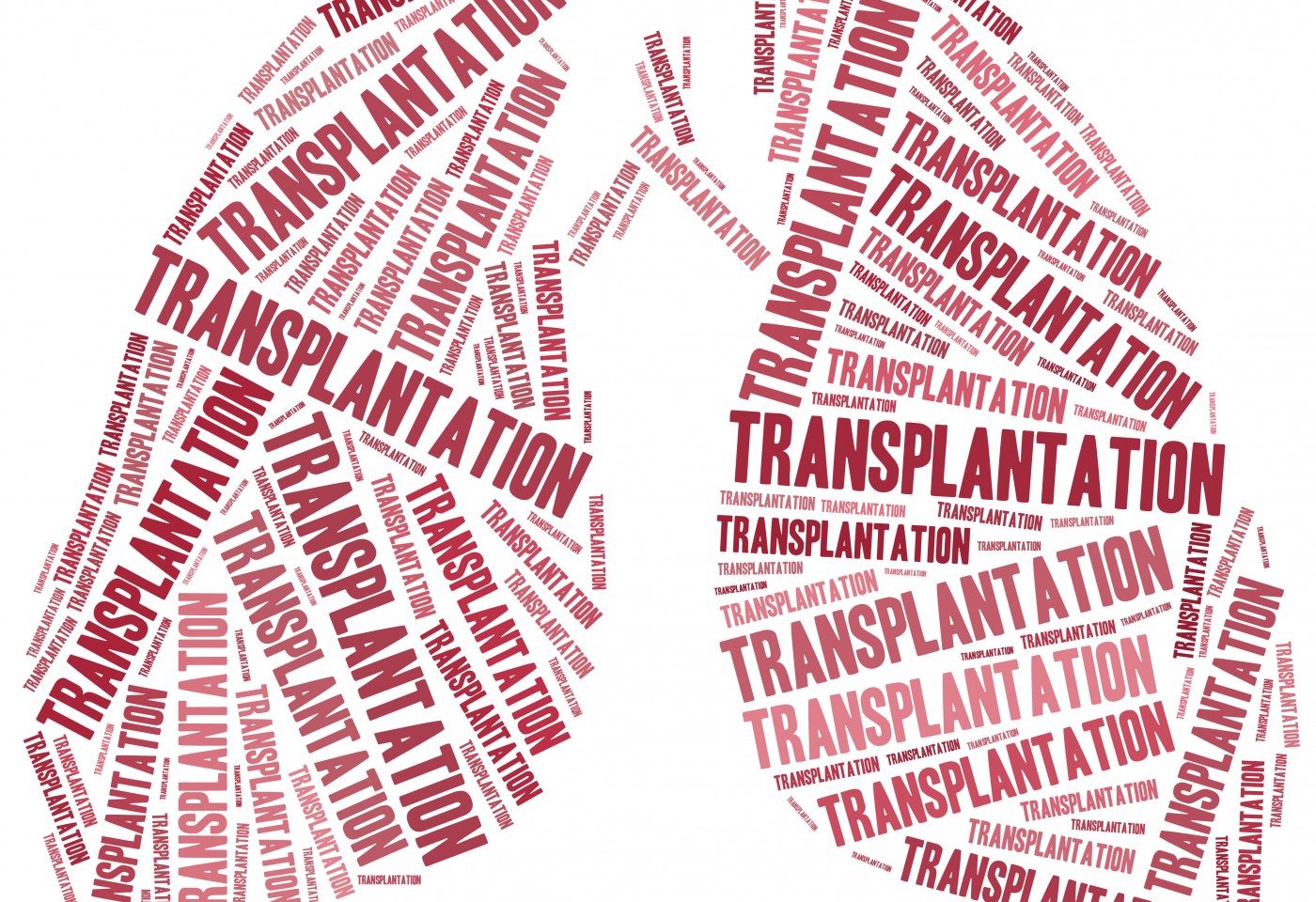-
Improving Lung Transplant Outcomes by a Sample Blood Test

Unfortunately, lung transplants have the lowest survival rates among solid organ transplants. A little over half of lung transplant recipients have a life expectancy over 5 years. I am currently approaching my 5th anniversary. The Laboratory of Organ Transplant Genomics in the Cardiovascular Branch of the National Heart, Lung, and Blood Institute (NHLBI) has initiated a study to develop a test to detect organ transplant failure. The process of determining failure is conducted by a blood test comparing the donor’s and recipient’s DNA.
Currently, only an invasive bronchoscopy can detect “hidden signs of rejection”. Dr. Hannah Valantine, M.D., is a co-leader of the study. Dr. Valantine states, “We showed for the first time that donor-derived DNA is a predictive marker for chronic lung rejection and death, and could provide critical time-points to intervene, perhaps preventing these outcomes.” As a lung transplant patient who has experienced acute rejection, new findings to facilitate longevity for lung transplant patients are always welcome. My acute rejection was found by a scheduled bronchoscopy after my 3rd month. A prednisone taper was successful. If doctors knew beforehand on what to expect “doctors would then have the option to increase the dosages of anti-rejection drugs, add new agents that reduce tissue inflammation or take other measures to prevent or slow the progression.”
I am curious to know how many of our members have experienced acute rejection or are in chronic rejection?
Log in to reply.
